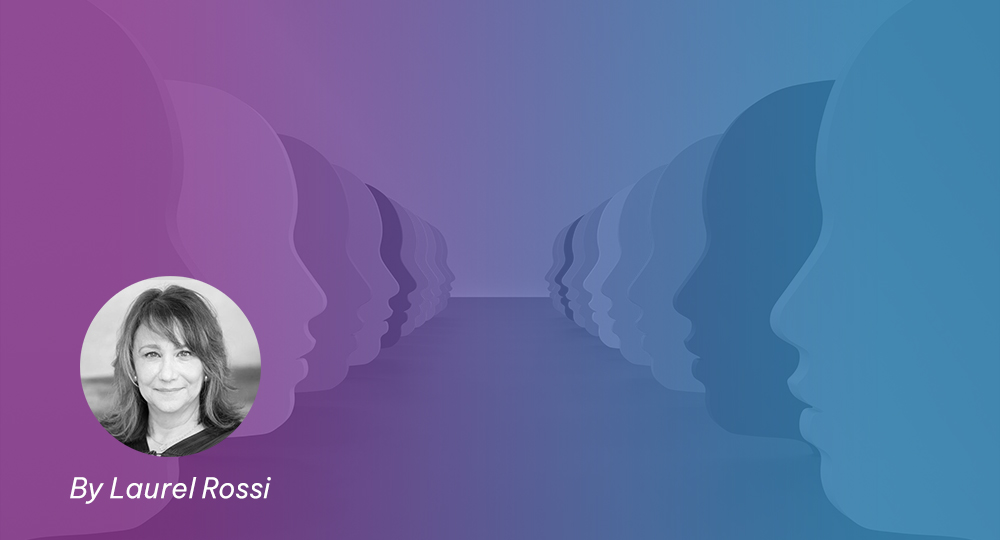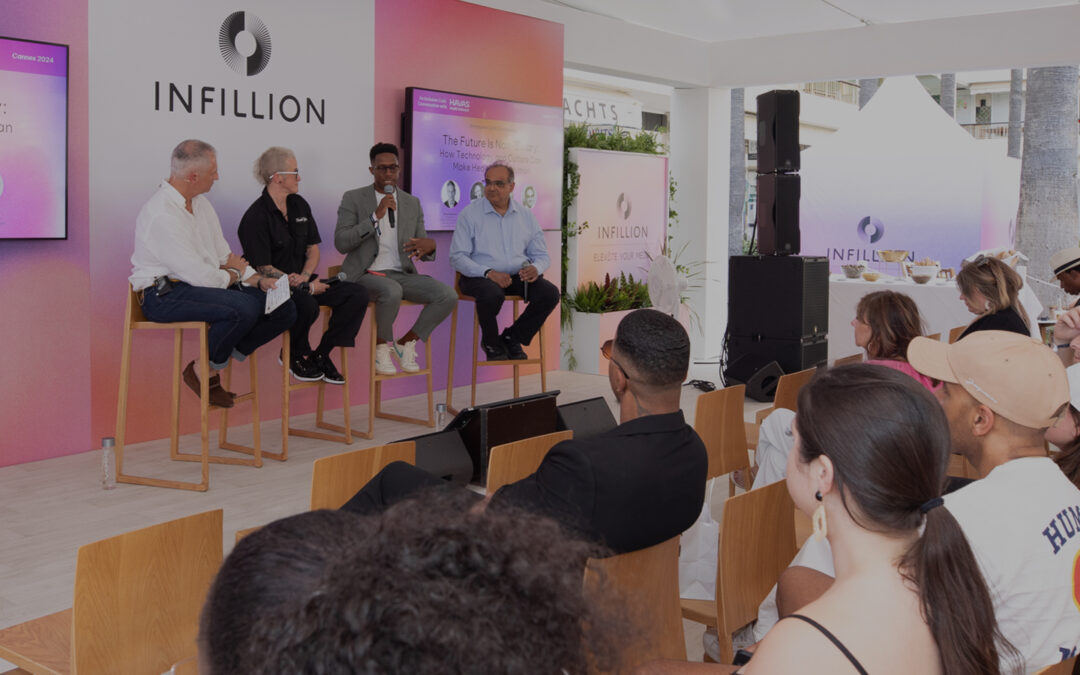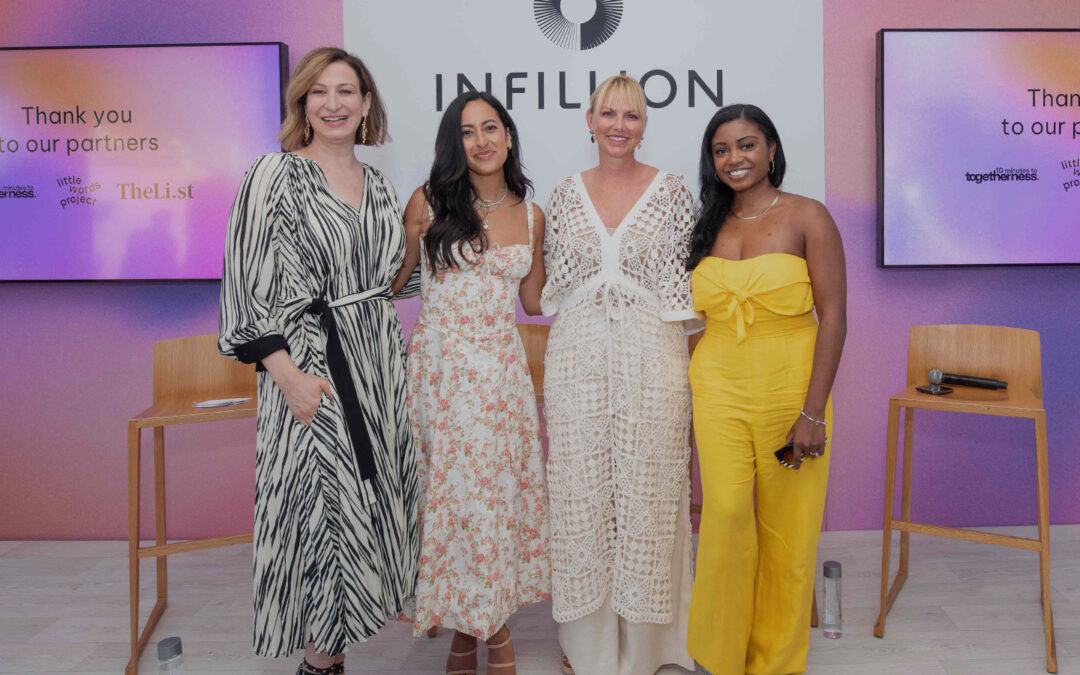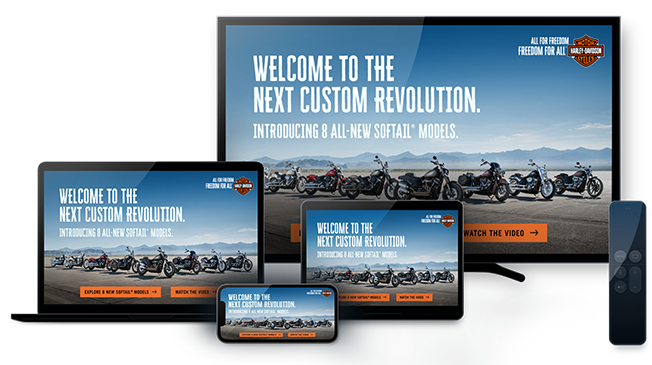Advancing Diversity and Inclusion: 4 Ways to Move the Needle in Our Campaigns and Workplaces

While new technologies and capabilities were a hot topic at Cannes Lions, meaningfully advancing diversity and inclusion in the industry—at long last—was another center-stage issue at the festival.
For all the talk over the years about the need for more diversity in media and advertising—in the campaigns we produce, the media we buy, and the people we hire—it was encouraging to hear that hard work is underway to make our ads and companies more reflective of our world. In a series of panel discussions called Inclusion Cafe, hosted by Infillion and our partners, participants acknowledged that the images created by our industry—as well as the people who are hired and promoted within it—can help change global perceptions.
“Media introduces a narrative, a way of life, and exposes people to things that they may not otherwise be exposed to in their lives,” said Alex Kennedy, EVP of Commercial Strategy at My Code Media, who noted that portraying Black people in positions of power and leadership has been important for changing people’s impressions.
It certainly works that way in business. As the saying goes, you can’t be what you can’t see. Leveling the playing field in the industry remains a hot topic—and is clearly a must-do. Women in advertising and marketing continue to say they need to see other women in lasting leadership roles if they are going to have high expectations for their own careers. And it’s good for business: “Growth comes from innovation, and the only way you get innovation is through diversity—diversity of thought, diversity of gender, diversity of generations,” said Viviane Paxinos, CEO of AllBright.
How to make sure our campaigns and our workplaces reflect more diversity?
Embrace authentic—and incremental—change. While it’s critical to move beyond superficial “checking the box” initiatives, it’s not difficult to weave representation of more diverse audiences into advertising storylines and scenarios in incremental and authentic ways, noted Tristen Norman, Head of Creative Insights, Americas at Getty Images. That might mean something as simple as putting a same-sex couple at a dinner table holding hands. “We’re building a muscle; we’re a pilot light, not a firework,” said Norman. “This is a lifelong, career-long investment and change that advertisers, marketers—wherever you sit within the industry—have to make.”
Demonstrate opportunity and scale. At Essence Ventures, Chief Revenue Officer Pauline Malcolm is seeing marketers commit to supporting the Essence Festival and other events the company produces. “We really want to ensure that the brand partners that are coming in are really investing into that community and not just doing ‘one and done’ at the festival,” she said during a panel discussion about why featuring diverse voices in media plans is good for society and business.
Often, media outlets need to educate partners about the scale of an audience and the opportunity to companies that still see media platforms aimed at diverse audiences and other groups as “niche.” “Everyone assumes ‘you can help me reach a diverse audience,’ but it’s important to give them an idea of the whole scale,” said Christian Facey, Founder & CEO at AudioMob.
Marketers and media outlets need to understand that “Black culture drives pop culture, and pop culture drives GDP,” said Lynnwood Bibbens, Founder and CEO of ReachTV.
Be comfortable with accountability. You can’t manage what you don’t measure. GLAAD, the LGBTQ+ media advocacy organization, and Kantar at Cannes launched an Advertising Visibility Index that will establish benchmarks for the industry to assess the quantity and the quality of LGBTQ+ representation in advertising with the goal of improving visibility. “Advertising is light years away from where TV and film are in terms of LGBTQ representation,” said Rich Ferraro, Chief Communications Officer at GLAAD.
Embrace the challenge. In the workplace, changing hiring practices, creating training programs, and making accommodations for people who need them can be daunting. But as I’ve seen through my work with Creative Spirit, a nonprofit that matches employers with job candidates who have intellectual and developmental disabilities, these efforts are necessary—and worthwhile. Others have noticed this as well.
“Most managers have not been trained nor supported to work on the ‘human’—and not just the work,” said Monique Nelson, Chair at UWG. “The process is only as good as your training of the people—and some people learn differently. Actually, everyone does…. What are we doing to make sure that all of these organizations can support the difference that’s coming?”
If diversifying the people we hire, the folks we put in our C-suite, and the work we produce is difficult, that’s okay. As Julia Boorstin, author of When Women Lead noted: “When something feels hard, it makes you smarter,” she said. “Companies will be better for embracing that ‘hardness.’”
Subscribe to our blog:
Related Posts:

What Live Sports Strategy Is Best For Your Brand?
As summer heats up, the world's eyes turn to Paris. The city has prepared an array of stadiums, arenas, and outdoor venues for 32 unique sporting events to host the 2024 Olympics Games – and that’s just the beginning. Especially if you’re in advertising. For the first...

The Future Is Non-Binary: How Technology and Culture Can Make Health More Human
As our conceptions of identity and gender evolve, so too does the dialogue around health and healthcare. But right now, that dialogue is not moving fast enough. “Healthcare is not keeping pace with societal changes,” pulmonary critical care physician Cedric “Jamie”...

Why Addressing Loneliness Is Crucial for Women’s Success in the Workplace
Loneliness and isolation have become prevalent issues in the workplace, affecting 80% of women -- especially those under 35 and women of color – according to research from women’s leadership group TheLi.st in partnership with creative agency Berlin Cameron. This...
Let's Connect
We can help you create the personalized ad experiences viewers expect.

